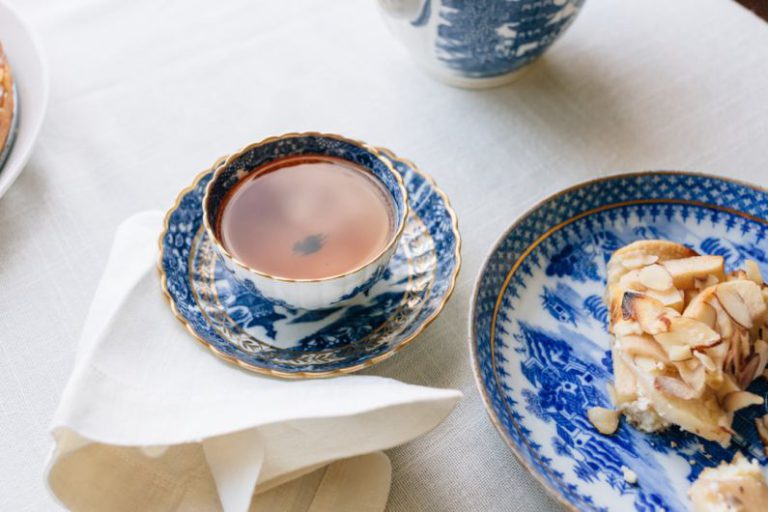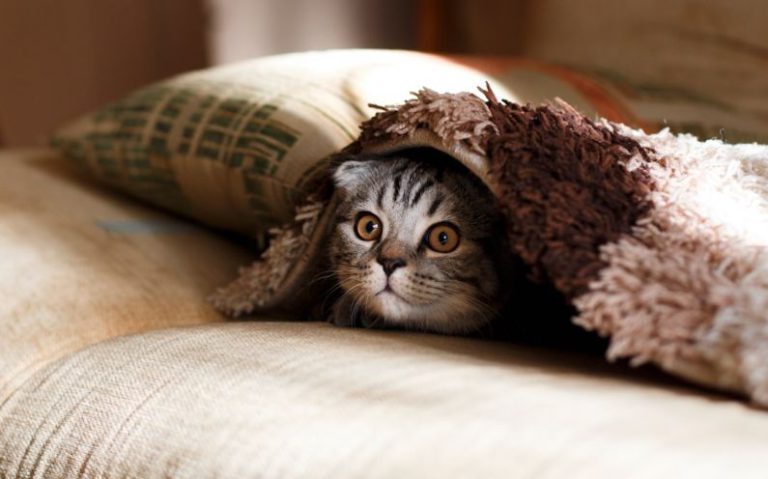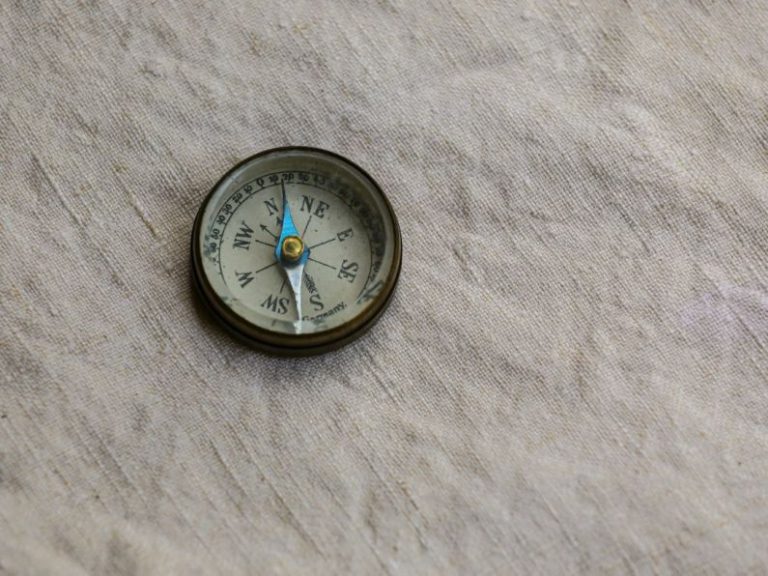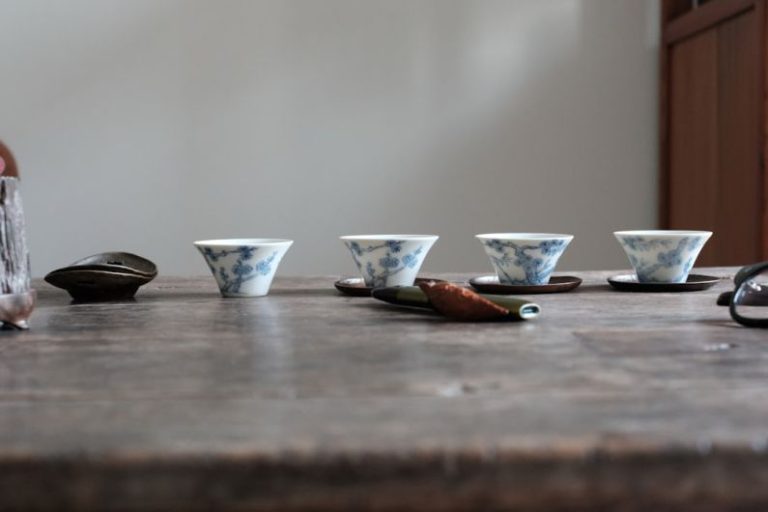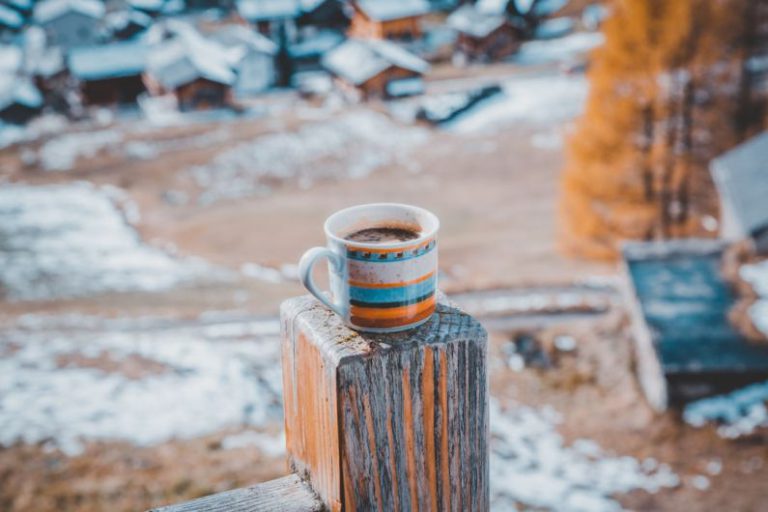Teapot or Gaiwan: Understanding Tea Brewing Vessels
When it comes to brewing tea, the choice of vessel can greatly impact the flavor and overall experience. Two popular options for brewing loose-leaf tea are the teapot and the gaiwan. Each vessel has its own unique characteristics that cater to different preferences and brewing styles. Understanding the differences between these two brewing vessels can help enhance your tea-drinking experience.
The Versatile Teapot
The teapot is a classic vessel that has been used for centuries to brew tea. It typically features a handle for easy pouring and a spout for precise dispensing. Teapots come in various shapes, sizes, and materials, allowing for a wide range of brewing possibilities.
One of the key benefits of using a teapot is its ability to brew larger quantities of tea at once, making it ideal for sharing with friends or family. The larger size of a teapot also allows for the leaves to fully unfurl and release their flavors, resulting in a more robust and well-rounded brew. Additionally, many teapots come with built-in infusers, making it convenient to brew loose-leaf tea without the need for additional tools.
Teapots are versatile vessels that can be used for a variety of tea types, including black, green, oolong, and herbal teas. They are particularly well-suited for teas that require longer steeping times or multiple infusions, as the leaves have more room to expand and release their flavors.
The Elegant Gaiwan
In contrast to the teapot, the gaiwan is a traditional Chinese brewing vessel that consists of a bowl, a lid, and a saucer. The simplicity of the gaiwan allows for a more intimate and hands-on tea brewing experience. Gaiwans are typically smaller in size compared to teapots, making them ideal for brewing tea for one or two people.
One of the main advantages of using a gaiwan is its ability to control the brewing process with precision. The lid of the gaiwan can be used to hold back the tea leaves while pouring, allowing for a clean and controlled pour. This method is particularly useful for teas that require shorter steeping times or for teas that are prone to bitterness if oversteeped.
Gaiwans are commonly used for brewing delicate teas such as green tea, white tea, and high-quality oolongs. The smaller size of the gaiwan helps to concentrate the flavors of the tea, resulting in a more nuanced and aromatic brew. The simplicity of the gaiwan also allows for easy re-steeping of the tea leaves, making it a sustainable option for multiple infusions.
Choosing the Right Brewing Vessel
When deciding between a teapot and a gaiwan, it ultimately comes down to personal preference and brewing style. If you enjoy sharing tea with others and prefer a more hands-off approach to brewing, a teapot may be the ideal choice for you. Teapots are versatile vessels that cater to a wide range of tea types and brewing preferences.
On the other hand, if you prefer a more intimate and hands-on tea brewing experience, a gaiwan may be the perfect option for you. Gaiwans offer precise control over the brewing process and are particularly well-suited for brewing delicate teas that require shorter steeping times.
In conclusion, whether you choose a teapot or a gaiwan, both vessels offer unique advantages that can enhance your tea-drinking experience. Experimenting with different brewing vessels can help you discover new flavors and aromas in your favorite teas. So, why not try brewing your next cup of tea in a teapot or a gaiwan and see how it can elevate your tea-drinking ritual?


